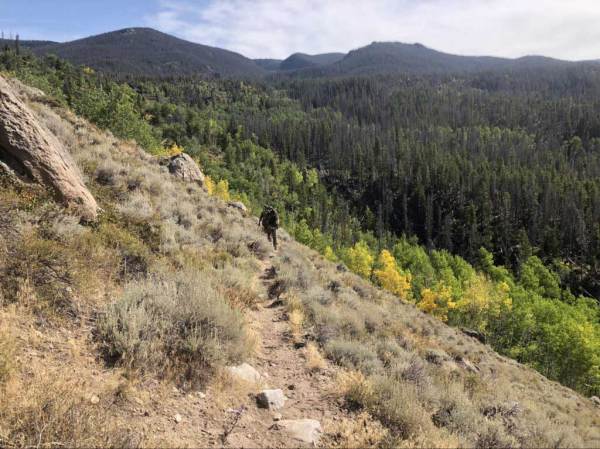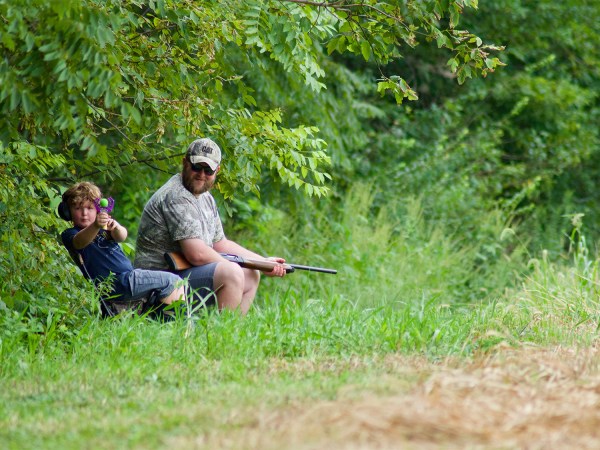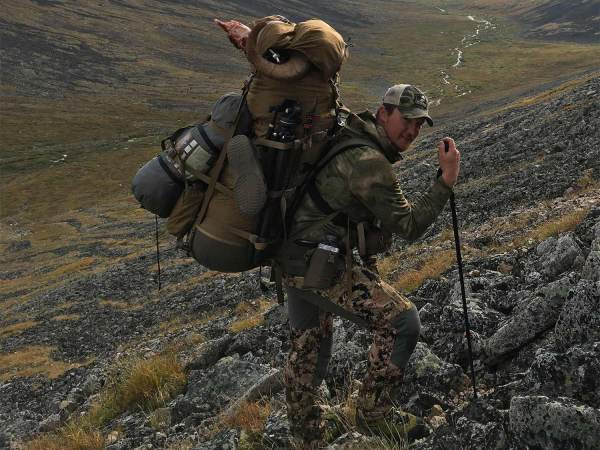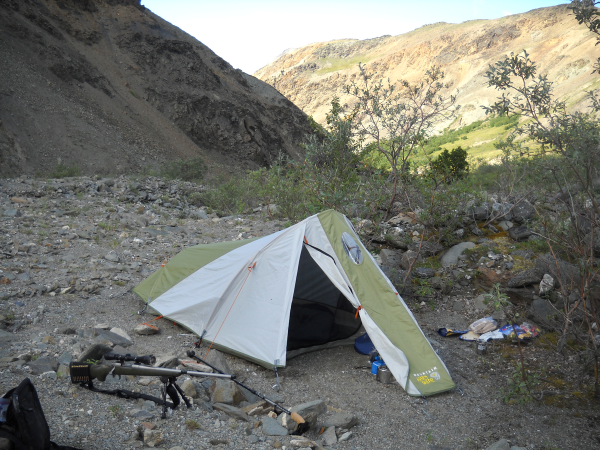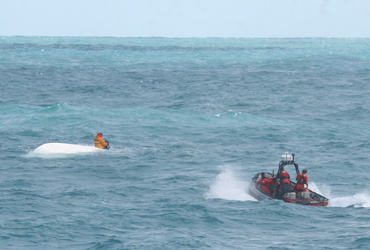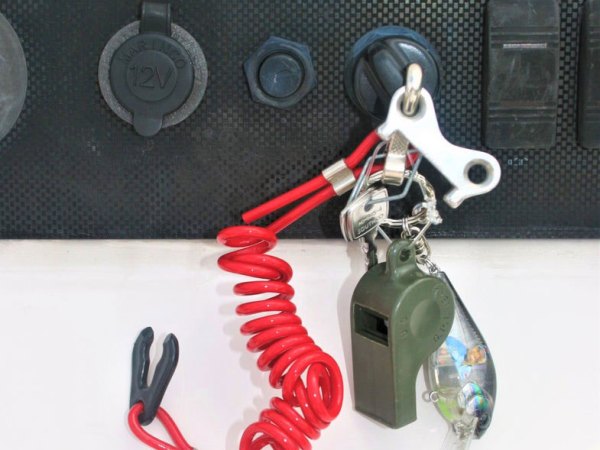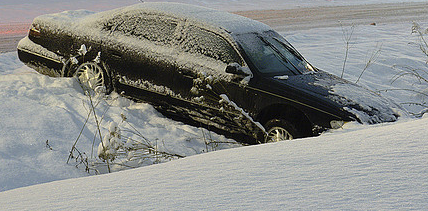Archery elk openers in most western states occur around September 1. In my home state of Utah, the hunt opens on the third Saturday of August – meaning that when this article posts, opening day is only 83 days away…
The scream of an angry bull elk blasted from the timber just ahead. Ahead and above, that is. In typical elk fashion the elk were climbing steeply from their nighttime feeding grounds toward a bedding area high on the north slope of a timbered ridge. Lungs heaving, I attempted to keep up. As I toiled upward – lured by regular screams from the herd bull – my legs began to burn, my lungs screamed for oxygen, and sweat trickled into my eyes. My pack started out weighing 32 pounds but now feels like about 100 pounds. My ultra-lite hunting boots seemed to have morphed into heavy winter pack boots, every scrambling and hurried step requiring tremendous energy. Finally the elk slowed, moseying casually into their bedding area. Nibbling on browse, they nosed around several well-worn beds before settling in and chewing their cud. The bull was growing sleepy too, making one last circle around his cows before choosing a spot to rest. As he headed my way I tightened my fingers on the bowstring…
Elk hunting (or indeed any rough-country hunt where drastic elevation changes are a routine part of the hunt) requires a different kind of planning and conditioning than your usual whitetail hunt. The most common problem out-of-state hunters experience is not being in good enough physical condition to handle constant up-and-down foot travel at high elevation – especially when carrying a pack. The result is a physically exhausted hunter who is unable to perform. Hours and days of precious hunting time are wasted due to need for rest and recovery. Here’s a twelve-week plan that will prep you for the high country.
There are two main components to physical prep for rough-country hunting: cardiovascular and muscular. Plan on exercising thirty to forty-five minutes per weekday, alternating between cardio and muscular workouts. Be sure to stretch and warm up gradually before workouts and cool off gradually afterwards.
Week One: Start out easy on yourself to lower risk of hurting joints or tendons.
Mon/Wed/Fri cardio: Go for a brisk 45-minute walk, preferably including up and down terrain.
Tues/Thurs/Sat muscular: Spend 30 minutes climbing up and down the local bleacher stairs (or a nice steep hill). Take regular short rests.
Week Two: Step it up a little.
Mon/Wed/Fri cardio: Add short stints of jogging to your walk.
Tues/Thurs/Sat muscular: same 30-minute routine, just cut down on rest time.
Week Three: Start getting focused.
Mon/Wed/Fri cardio: Begin pushing yourself, walking less and jogging more.
Tues/Thurs/Sat muscular: Same 30-minute routine, add three squats and three lunges (don’t use weights) alternately during short rest periods.
Week Four: You should be feeling much stronger by now, and hurting less. Remain careful to avoid injury.
Mon/Wed/Fri cardio: Try to jog the majority of your 45 minutes.
Tues/Thurs/Sat muscular: Try to spend the entire 30 minutes climbing your stairs or hillside, alternating between five squats and five lunges every few minutes. Only rest at the ten and twenty minute marks.
Week Five: By now you should be enjoying your workouts.
Mon/Wed/Fri cardio: Warm up, then alternate two minute sprints with walking to catch your breath. 45 minutes.
Tues/Thurs/Sat muscular: Wear a pack with 20 pounds of weight in it during your routine. Rest when needed.
Week Six: You should be feeling like a bonafide athlete.
Mon/Wed/Fri cardio: Back to jogging, but pick up the pace a bit.
Tues/Thurs/Sat muscular: Try to get through your routine – hiking with pack and five crunches/lunges every five minutes – without stopping to rest.
Week Seven: Halfway there!
Mon/Wed/Fri cardio: Back to sprinting/walking. Push yourself.
Tues/Thurs/Sat muscular: Add five pounds to your pack (total 25), same routine.
Week Eight: Second amendment week.
Mon/Wed/Fri cardio: Trade the jogging in for a smooth relaxed 45 min run. (Faster than jogging, but not a sprint)
Tues/Thurs/Sat muscular: Same routine as week seven, but carry your bow or rifle (empty of course) or object of similar weight/balance).
Week Nine: Hang in there.
Mon/Wed/Fri cardio: Sprinting and walking. Keep pushing.
Tues/Thurs/Sat muscular: Add five pounds – you’re up to 30 pounds plus your rifle/bow. Stay strong and focused.
Week Ten: Home stretch – only three weeks till the hunt.
Mon/Wed/Fri cardio: More smooth relaxed running. Keep it strong.
Tues/Thurs/Sat muscular: Same routine, add another five pounds. You’re up to thirty five now, approximately the weight of a three day bivy pack. Keep up the squats and lunges, they will prep you for big tough steps when climbing, and crouching while stalking.
Week Eleven: Better be packing…
Mon/Wed/Fri cardio: Back to walking and sprinting, you should be traveling well.
Tues/Thurs/Sat muscular: Yep, you guessed it – add another five. You should be really strong by now, muscles bulging in your legs that you never knew you had.
Week Twelve: Congratulations! You’re probably in better shape than me now.
Mon/Wed/Fri cardio: Running, just keep it strong and relaxed.
Tues/Thurs/Sat muscular: Keep it up. No additional weight this week, just stay strong.
Next week – Have a great hunt!
Note: At ten thousand feet you will be able to walk approximately the same distance that you can run at elevations of less than 1,500 feet.
I’m not a fan of hi-tech running shoes with built-in cushioning. I prefer a superlight pair of barefoot running shoes or moccasins. (Incidentally these are great for warm weather elk hunting.)
Safety: It’s very important to maintain your safety level when exercising. The above regimen is simply a guideline that should be suitable for an average person 15 to 50 years old. If you are older or experience swelling or excessive pain, tone down the exercising. Consult your doctor if you have any health issues or concerns that might prohibit strenuous activity.

